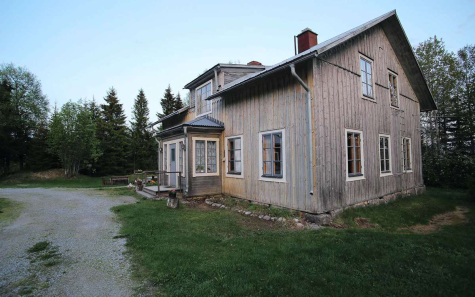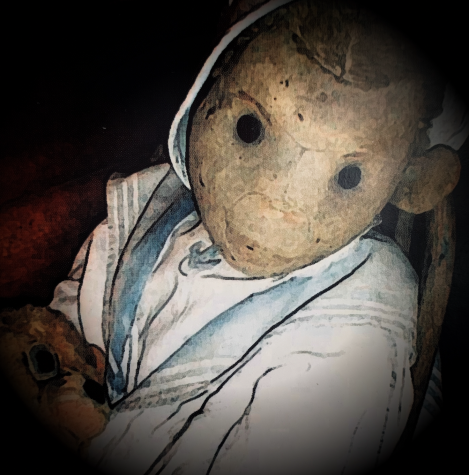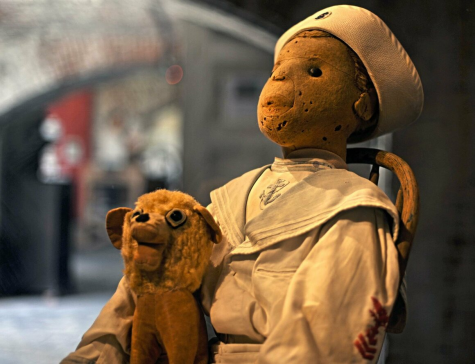Where did haunted houses begin?
Looking at the history of spooky places

September 29, 2022
Everyone has heard of local haunted houses like Indy Scream Park, Hanna Haunted Acres, Grimmon Maze of Terror, Piney Acres Scream Farm, The Barn of Terror, Necropolis Underground Haunted Attraction, Nightmare On Edgewood Haunted House, Indiana Fear Farm, and Connor Prairie.
But what about the true haunted places/ things?
Have you heard of the mysterious “ Brown Lady?” Well, she can be found within Raynham Hall, Norfolk, England. The Brown Lady is rumored to be Lady Dorothy Walpole.
Over 50 deaths, one ship? I’d say that can be one genuinely haunted boat. Where can it be found, you may ask? The Queen Mary, Long Beach, California.
Burg Wolfsegg, Wolfsegg, Germany
This 800-year-old castle is apparently haunted by a woman known as Klara von Helfenstein, who was supposedly murdered and now scares off any known visitors.
The Old Vicarage, Borgvattnet, Sweden
Borgvattnet is a small village located in Sweden, known to be one of the most haunted houses in the country. Inhabitants of the home have reported a number of sightings, including a lady in gray, as well as unexplained sounds and moving objects.
Adams, Tennessee. Around the 1800s John Bell bought a tract farm on Tennessee’s Red River. Bell and his family thrived on the farm until they started to see strange-looking animals around the property, most notably a dog with a rabbit’s head. From that point on, the family was ambushed by unseen forces, largely targeted at John and his daughter Betsy. They experienced physical attacks, heard unexplained noises, and even spoke with the “entity.”
Now that we talked about some haunted places all over, let’s dive into some haunted things. If the background of the places didn’t frighten you enough, these might get you on the edge of your seat.
The Great Bed of Ware
No one had ever seen a bed like it before; beautifully and ornately carved, and standing a colossal 12 feet square, this unique four-post behemoth of the bedchamber so impressed and enchanted King Edward IV that he granted Fosbrooke a pension for life. In time, however, over the course of the following century, it became the property of the Lord of Ware Manor, Thomas Fanshawe, and eventually began a tour of the inns of Ware.
Robert the Doll
Robert came to the Otto family of Key West, Florida in the early 1900s as a gift to their youngest son Robert Eugene Otto. The boy and doll became inseparable, with the child often laying blame for his misdeeds on the doll. The family alleged that the toy often seemed to change positions of its own accord. They also claimed that when their son was alone in his room, they could hear him conversing with the doll, and the doll responding in a completely different voice. After Eugene’s death in 1974, Robert was given to the East Martello Museum. Visitors who have taken his picture without permission claim to have experienced terrible misfortune as a result of their transgressions. Robert is surrounded by letters of apology and admiration.













